Story highlights
Congressman: Over two weeks in May, 658 children were separated from their families
ICE: Mom served 75 days in prison for falsely claiming to be a US citizen in 1999
The six members of the Villatoro family fled deadly violence in Guatemala, only to find themselves divided between sanctuary and detention in two countries and across three US states.
A 13-year-old son is in a New York state detention center with his two youngest brothers, ages 2 and 6. Almost 1,800 miles south, Maria, the family’s 40-year-old matriarch, is being held in a detention center in Texas, desperately trying to figure out how to make her family whole again.
The family’s father, Ignacio Villatoro, has taken sanctuary in a church in Tijuana, Mexico. The couple’s 20-year-old son is in a detention center in California.
Immigration and Customs Enforcement (ICE) officials say Maria made a false claim of US citizenship in 1999 and served a 75-day sentence in a federal prison before being deported back to Guatemala at that time. In a statement provided to CNN, ICE says that lying about citizenship status “results in a permanent bar from being able to legally enter the United States.” Now she is detained, separated from her children and their father and faces an uncertain future.
“My soul is broken. We made a huge sacrifice to come here asking for protection and instead of help, they are torturing us,” Ignacio Villatoro said.
“It’s a living hell without my children. My children suffered during the journey. And now they suffer over there (in the US). They don’t have liberty.”
Fear of separation has been greatly heightened among undocumented immigrant families under the administration of President Donald Trump. That’s especially true since Attorney General Jeff Sessions vowed in May to prosecute anyone who crossed the border illegally – an approach that leads inevitably to the separation of adults from children during detention. Over two weeks in May, 658 immigrant children were separated from their families, according to Texas Democratic Rep. Joaquin Castro.
The Villatoro family knew the risks, but staying in their native Guatemala felt like “a death sentence,” said Ignacio Villatoro. In January, he says the family received a direct threat from one of the vicious gangs that plague their community.
Migrant caravan
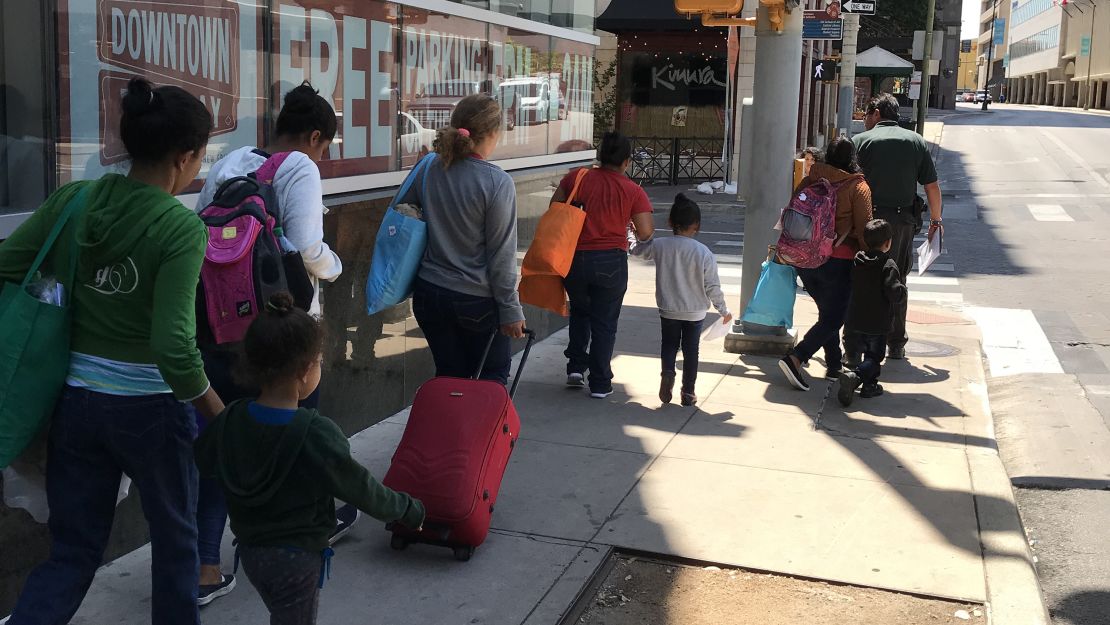
Soon after that threat, the Villatoro family began the arduous journey to the United States. They managed to stick together, even after they hopped on the infamous “La Bestia” (The Beast) train that serves as transportation for undocumented immigrants traveling through Mexico’s dangerous cartel country. At night the family stayed in shelters. And for a month, they even joined the so-called “migrant caravan,” a convoy assembled by humanitarian groups and activists to draw greater attention to the plight of migrants.
It was when they arrived at the Mexico-US border on May 4 that the group split the first time – initially by choice. Their plan was to ask for asylum as a family. A deportation from the US within the last 10 years barred 41-year-old Ignacio from seeking asylum. He decided to stay behind, claiming sanctuary in the Tijuana church. He is undocumented in Mexico and risks deportation back to Guatemala.
After the rest of the family took their chances by presenting themselves to US immigration authorities, the possibility of forced separation became reality. The 20-year-old son was sent to a detention center in San Diego. Maria and her three youngest children were shipped to a family detention center in Dilley, Texas – about 70 miles southwest of San Antonio.
At first, Maria’s asylum case appeared promising. Her attorney, Shalyn Fluharty, who works for the CARA Family Detention Pro Bono Project, said Maria and her children were interviewed on May 16 and given a positive “credible fear” decision on May 17 – meaning US authorities believed the family could have been victims of persecution in their home country.
For the first time in a long time, Maria thought the future of her family was a little more secure. She looked forward to winning the asylum case and being released from detention.
In fact, undocumented women and their children are released by immigration authorities on a regular basis. A CNN team watched as recently as last week as buses dropped off women and children at a bus station in San Antonio, Texas. It’s something local people said they have witnessed at least twice a day for more than two years.
“It looks like a prison bus, it makes me feel bad,” says Rabihuh Jackson, who works at a nearby law firm.
The buses come from two detention centers south of the city.
Jackson’s sentiments are mirrored by volunteers who flock to the station to provide the women with toiletries and blankets as they take their first steps toward what might become a new life – still wearing electronic ankle bracelets so that authorities can continue to track their movements.
Another separation
The next stage of the journey is often undertaken courtesy of relatives in the United States, who buy bus tickets to be picked up by the new immigrants when they arrive at the bus station. Many of the women carry pink or orange tote bags filled with snacks and other basic items provided by the detention centers.
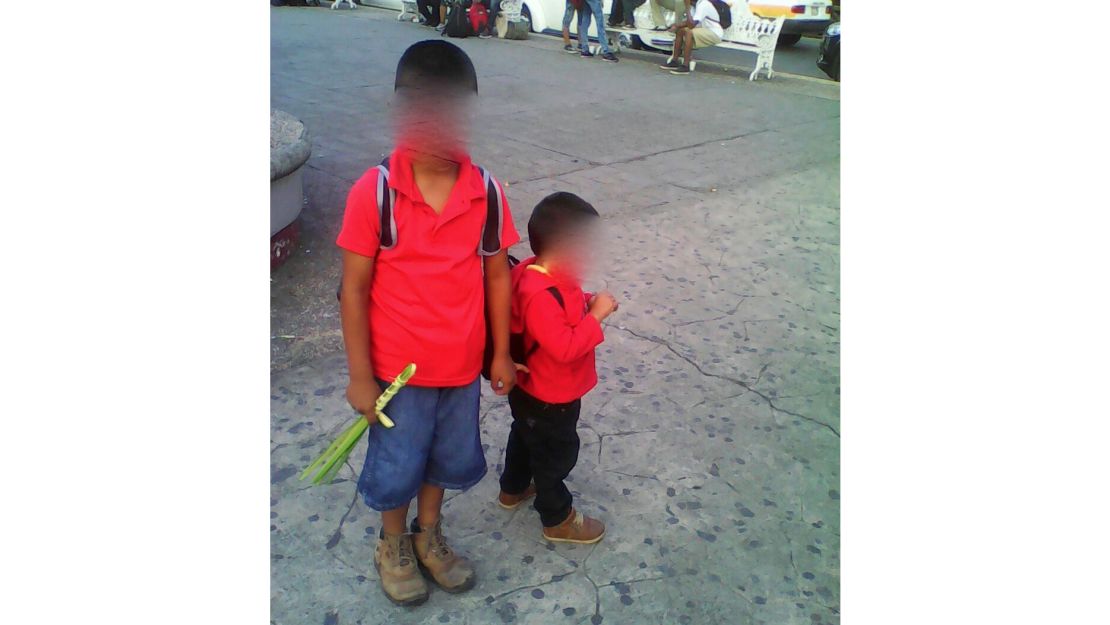
The women we met getting off the bus in San Antonio said they had not been separated from their children. But while in detention they had heard about women like Maria who had.
Maria and her three youngest boys, ages 2, 6 and 13, had been detained in the Texas detention facility for two weeks when they were split up.
On May 19, she and her children were told to hurry eating lunch and to pack their things because they were getting out, said Fluharty. The statement was true – in part. Maria got transferred from a detention facility in Dilley, Texas, to one in Pearsall, Texas – by herself. And her children were sent to a detention facility for unaccompanied children in New York state.
“(Maria) told me about watching her son, a young teen, walk away with her 2-year-old and her 6-year-old, one in his arm and the other holding his hand,” said Fluharty. Fluharty said Maria was not told why she was being separated from her children.
“(Maria) was arrested by immigration authorities in California after she illegally entered the United States,” on May 4, 2018, ICE officials said in a statement to CNN.
Fluharty challenges that statement. “My client can’t be prosecuted. She’s done nothing unlawful. She presented herself at a port of entry seeking asylum, presenting herself directly to an immigration official, so she has not been prosecuted,” she said.
“There have been no charges against her – this separation is something that came out of the blue, three weeks after being in detention with her three children. It’s something unexplainable and we believe completely unlawful.”
No criminal charges
Maria, the ICE statement goes on to say, is a convicted criminal. Her crime: “falsely claiming to be a US citizen” in 1999. Her sentence: 75 days in federal prison. A sentence ICE said she served before she was deported to Guatemala in 1999.
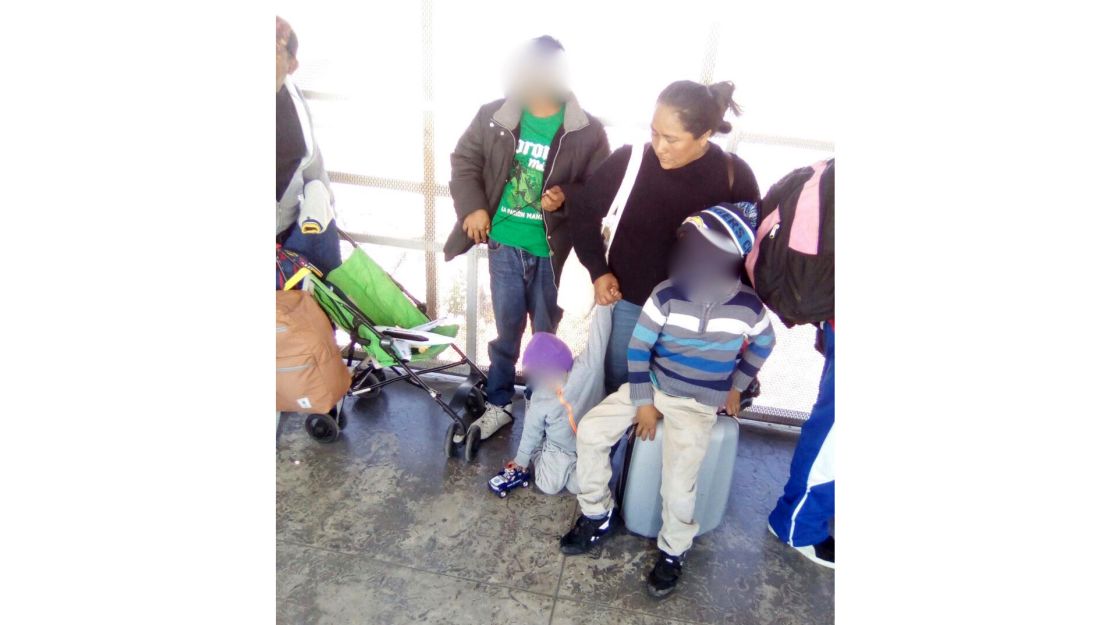
While Maria is not facing criminal charges, ICE said, she is in custody pending disposition of her immigration case.
Fluharty questions the grounds for the separation of Maria and her children. She said her client walked up to the border and turned herself in to immigration authorities, which contradicts ICE’s claim that she was arrested after crossing the border illegally.
Fluharty also questions why a mother who was deemed to have a credible fear of persecution and no violent criminal history would be separated from her children by immigration officials for allegedly lying about her citizenship status in 1999.
“That was 19 years ago and facts like that are facts we see all the time in family detention. Things that are not signs that a mother might be dangerous or a security risk but things that we believe are used by our government to justify this reprehensible separation of a mother from her child,” said Fluharty.
The lawyer also criticized ICE’s handling of the case.
Attorney: No explanation for separation
“I have complained to Immigration and Customs Enforcement directly because I was not provided notice that my clients were being transferred, I was not provided advance notice that the children were being transferred. I was provided no explanation for why they were separated,” said Fluharty.
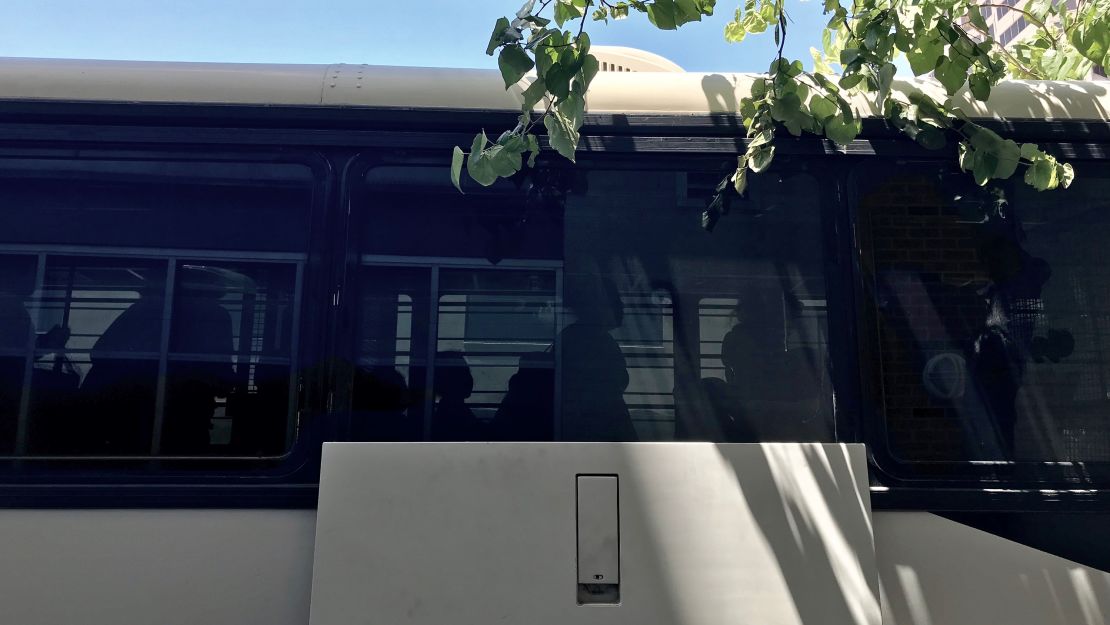
When CNN asked for a response to Fluharty’s complaints, ICE referred us back to the statement originally sent to CNN.
“In accordance with U.S. immigration law, falsely claiming U.S. citizenship results in a permanent bar from being able to legally enter the United States,” the statement said. ICE declined further explanation.
While he waits in the church in Tijuana, Ignacio Villatoro prays he will hear positive news from Fluharty about the fate of his wife and children.
He remembers hearing over the phone the tears shed by his kids as they begged him to reunite their family.
“For the 13-year-old, it’s torture,” Villatoro said. “He sees his siblings cry. He’s desperate. He wants to return to his mother. The younger ones don’t speak with me nor with my wife. They just can’t. They don’t want to speak a single word.”
Maria and Ignacio are also worried about the physical safety of their children. Ignacio’s fear is heightened by recent headlines about roughly 1,500 immigrant children for which the US government couldn’t account.
Family waits for resolution
“My client came here to keep her children safe. And now her children are not in front of her and she actually really questions their safety,” said Fluharty.
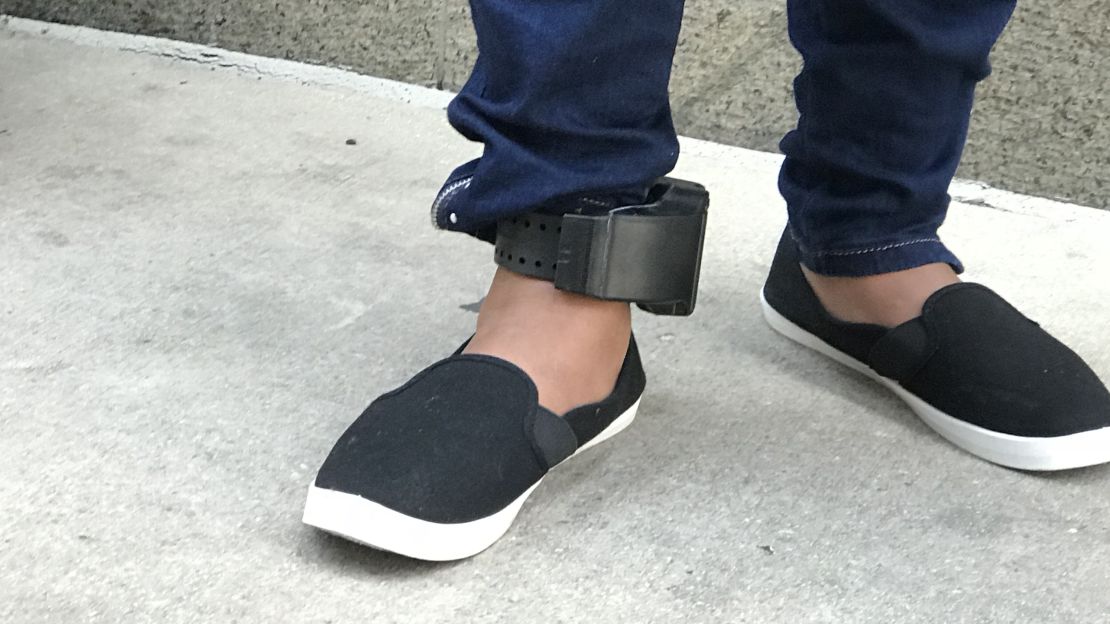
Advocates such as Sara Ramey, an attorney and executive director for the Migrant Center for Human Rights, insist there are better, more humane ways to deal with undocumented families like the Villatoros.
“The Constitution states that no one should be deprived of their liberty without just cause but if the government makes an individualized determination that a particular family is a flight risk, besides family detention centers, the government can use cheaper and more humane alternatives to detention – such as the case-management system, orders of supervision, or ankle monitors – to allow families to remain together as they go through the immigration court system. There is no legitimate excuse for forcibly separating children from their parents,” said Ramey.
For now, Maria waits in the detention center in Texas for her next immigration court hearing. Ignacio’s three youngest children, two of them recently sick with fever and flu-like symptoms, wait in a detention center in New York state to be assigned a “sponsor” or caregiver in the United States. That will likely be Villatoro’s sister in Los Angeles. His oldest son waits in detention in San Diego for his next immigration hearing – with no clear understanding of what the future holds.
But Ignacio’s worst fear is that his family could be deported separately to Guatemala, a place they fear and no longer call home.
In the meantime, he hopes, prays and struggles with despair. “I’m dying of sadness,” he said.








![A young Central American migrant, moving in a caravan through Mexico, disembarks from a freight train as he carries his belongings on a railway track after stopping the train on a rail line, in Irapuato, Guanajuato state, Mexico April 15, 2018. REUTERS/Edgard Garrido (Newscom TagID: rtrlnine841225.jpg) [Photo via Newscom]](https://media.cnn.com/api/v1/images/stellar/prod/180526091533-central-america-migrant-caravan-0415-restricted.jpg?q=x_4,y_0,h_1965,w_3492,c_crop/h_144,w_256)


